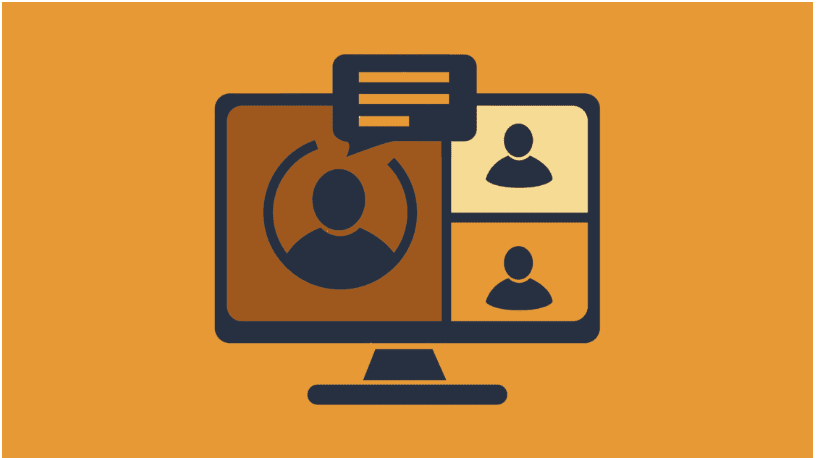Remote work is here to stay following the pandemic. Most organizations are either 100% remote or have adopted a hybrid model.
Remote work has brought new challenges like slower access to people and information, isolation, and loneliness. More people have also been exposed to cybersecurity problems like phishing and email impersonation.
This article will show you how to manage teams in a remote work landscape.
Define your responsibilities
As a manager, you must determine your duties before looking at what is expected of others. This way, you’ll be efficient in ensuring the company’s goals are in progress even in a changing environment.
You’ll also be able to have realistic expectations from your teammates because you’ll be in touch with your own duties and capabilities.
Optimize your onboarding
Onboarding can be difficult even when you’re located in the same place. In a remote environment, onboarding becomes even harder. And bad onboarding often leads to low employee satisfaction and a high turnover rate.
To optimize your onboarding, clarify your company’s schedules, such as deadlines for submission and the rules they’re expected to follow. The clearer you are in your onboarding, the less confused and dissatisfied your employees will feel.
Take care of your team’s mental health
Did you know that 21 percent of remote workers cite loneliness as their biggest challenge when working from home?
Remote work has presented problems such as loneliness, isolation, and depression. When you spend most of your time in isolation, your mental health can depreciate, and in turn, your productivity will be negatively affected.
As a manager, you should provide an environment that improves your team’s mental health. For
example, you can check in regularly with every employee and encourage them to speak with you about their struggles. You can provide special apps for exercise or meditation so they can de-stress and spend their time meaningfully. You may also reward good work and promote in-person events as often as possible.
Improve communication
When team members work in the same location, they can easily walk into your office and communicate their issues. But when you’re in different areas, being in touch with team members becomes increasingly challenging.
For example, you may be in a different time zone from many of your colleagues, which also means different working hours. So your colleague from another time zone may be asleep when you’re working. And company meetings may never be fully attended by your entire team.
As a manager, you need to make communication as smooth as possible. Make sure everyone is informed on everyone’s working hours, and use communication software that allows teammates to get in touch instantly, such as Slack and Skype. While email is a good communication channel, it takes longer for someone to reply through it compared to Slack.
Build up strong cybersecurity
More employees working from home means that more devices are connecting remotely. This means that securing business data becomes increasingly difficult. You cannot know how employees are handling work devices and what networks they use.
The result is a situation where your company is vulnerable to cybersecurity attacks.
As a manager, you need to secure your teleworkers by providing cybersecurity tools such as:
- A VPN (for encryption. You can start out with a VPN free trial and test out different brands until you find the best fit)
- Antiviruses (they can scan all devices and remove malware)
- Password managers (this tool can organize all of your business passwords).
Use project management tools
Project management tools give your team a central place where they can state the progress of their projects. The benefit of project management tools is that they enable your team to communicate faster. Instead of sending an email, you can simply send a message within the project management tool. As a manager, you’ll instantly know which projects are trailing behind and why.
Treat all employees equally
It’s common to find yourself managing physical and remote teams simultaneously. Maybe you’re a content manager with an in-house team and freelancers to take on extra projects. It’s possible to find yourself concentrating on the in-house team’s needs and neglecting the freelancers.
As a manager, you need to treat all employees equally so they feel valued and motivated to provide quality work.
Conclusion
Remote work is the new normal. It has many benefits and challenges and will likely stay with us for a long time. While employees no longer have to go to a physical place of work, certain problems have cropped up. For example, many workers feel lonely and suffer from mental health problems.
Productivity is also significantly reduced because you’re torn between concentrating on your work and caring for your family. But with a little dedication on the company’s side, you can create a happy and healthy remote work environment for all employees.





























